Peripheral Artery Disease Prognosis
Peripheral artery disease prognosis. Long-term prognosis of patients with peripheral arterial disease. 1 It is characterized by a relatively benign local evolution only a minority of patients undergo an amputation while life expectancy of patients with PAD is negative because of the high incidence of coronary or cerebrovascular. If you have peripheral arterial disease PAD for short the blood vessels arteries that carry blood around your body have become too narrow.
This can cause pain when you walk. Periphery artery disease is also known as a peripheral vascular disease a disorder in which the plaque builds in the arteries and result in an abnormal narrowing of arteries. Peripheral Arterial Disease Treatment Options.
Early diagnosis will reduce the risk of limb loss and the need for more invasive procedures. Peripheral arterial disease PAD in the legs or lower extremities is the narrowing or blockage of the vessels that carry blood from the heart to the legs. When pain does occur it may be mistaken for other conditions.
1 Many different disease processes can cause obstruction in these vessels but the vast majority of cases are due to atherosclerosis which will be the focus of this review. It can involve both the upper. As stated earlier PAD often goes undiagnosed.
This eventually blocks the flow of blood that is transmitted to the head organs and limbs leading to chronic atherosclerotic disease of the lower extremities. What is peripheral arterial disease. It is primarily caused by the buildup of fatty plaque in the arteries which is called atherosclerosis.
21 hours agoPeripheral Artery Disease PAD is a blockage of arteries usually in the lower extremities. Untreated PAD can be dangerous because it can lead to painful symptoms or loss of a leg and patients with PAD have an increased risk of coronary artery disease stroke and heart attack. Peripheral artery disease sometimes called peripheral arterial disease or PAD is a condition in which your arteries are narrowed and cant carry.
This blockage known as atherosclerosis is due to. Lower extremity peripheral artery disease PAD is characterized by stenosis or occlusion anywhere from the aortoiliac segment to the pedal arteries.
This eventually blocks the flow of blood that is transmitted to the head organs and limbs leading to chronic atherosclerotic disease of the lower extremities.
It is primarily caused by the buildup of fatty plaque in the arteries which is called atherosclerosis. Early diagnosis will reduce the risk of limb loss and the need for more invasive procedures. Peripheral arterial disease PAD at the second stage Fontaine Intermittent Claudication affects 15 of population in the age range from 40 to 80. Peripheral Artery Disease PAD is the narrowing of peripheral arteries due to atherosclerosis plaque buildup on arterial walls decreasing blood flow to legs feet and toes. This can cause pain when you walk. It can involve both the upper. Peripheral arterial disease PAD is atherosclerosis leading to narrowing of the major arteries distal to the aortic arch. Left untreated PAD complications include critical limb ischemia gangrene and amputation. Diagnosing Peripheral Artery Disease.
PAD can happen in any blood vessel but it is more common in the legs than the arms. J Am Coll Cardiol. Left untreated PAD complications include critical limb ischemia gangrene and amputation. PAD can happen in any blood vessel but it is more common in the legs than the arms. Although PAD has long been underappreciated compared with coronary. Peripheral arterial disease PAD at the second stage Fontaine Intermittent Claudication affects 15 of population in the age range from 40 to 80. 1 It is characterized by a relatively benign local evolution only a minority of patients undergo an amputation while life expectancy of patients with PAD is negative because of the high incidence of coronary or cerebrovascular.

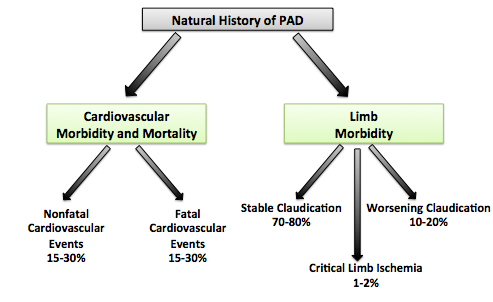

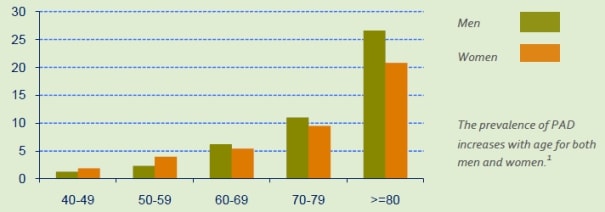

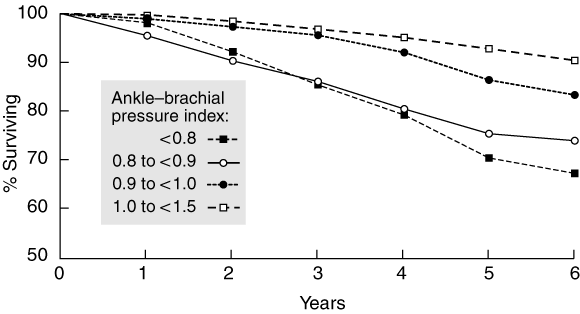

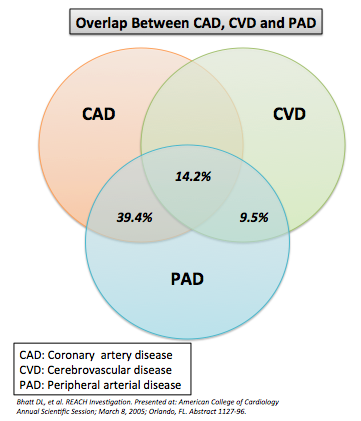


















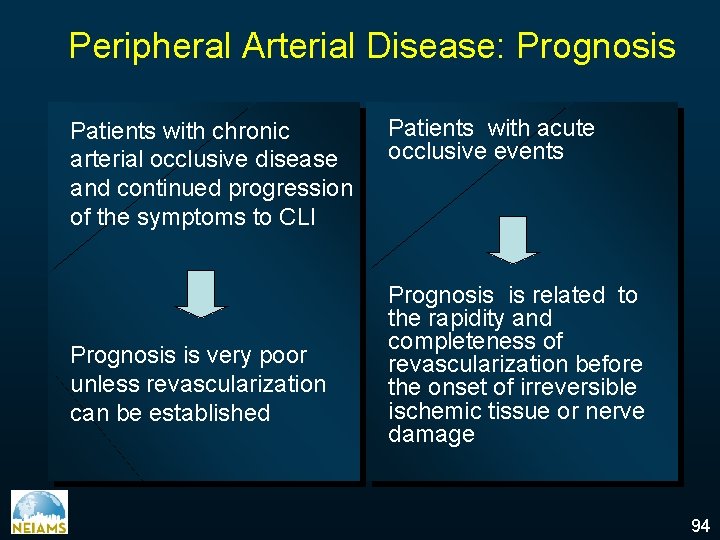






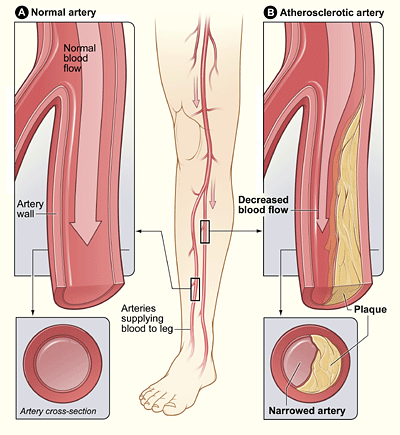
30634-3.fp.png)



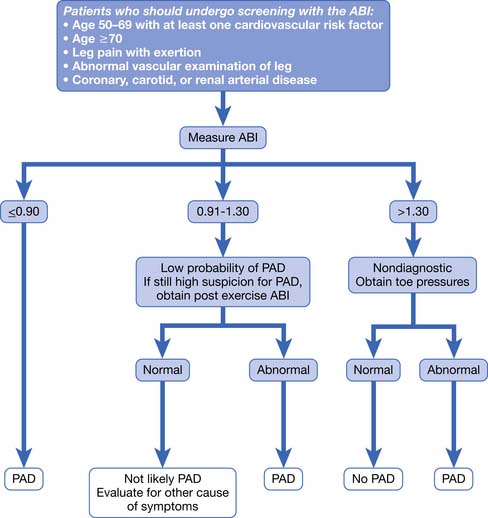

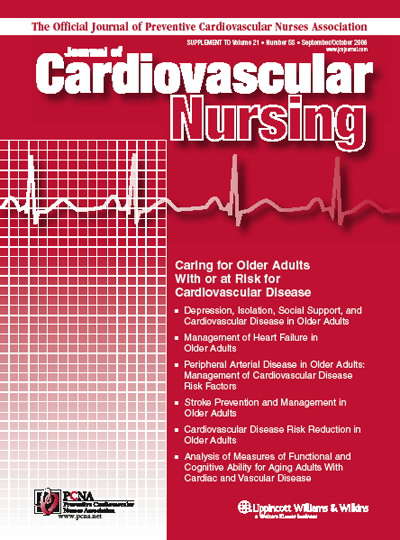


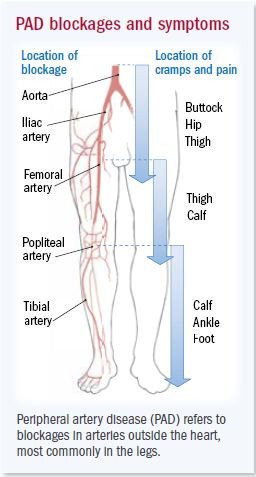


Posting Komentar untuk "Peripheral Artery Disease Prognosis"